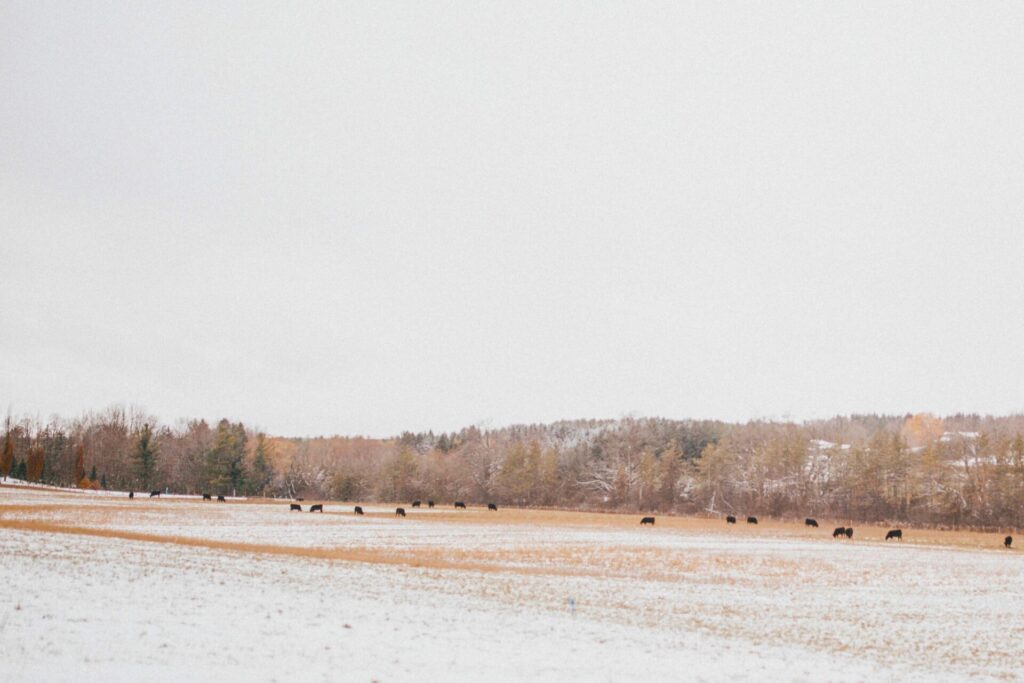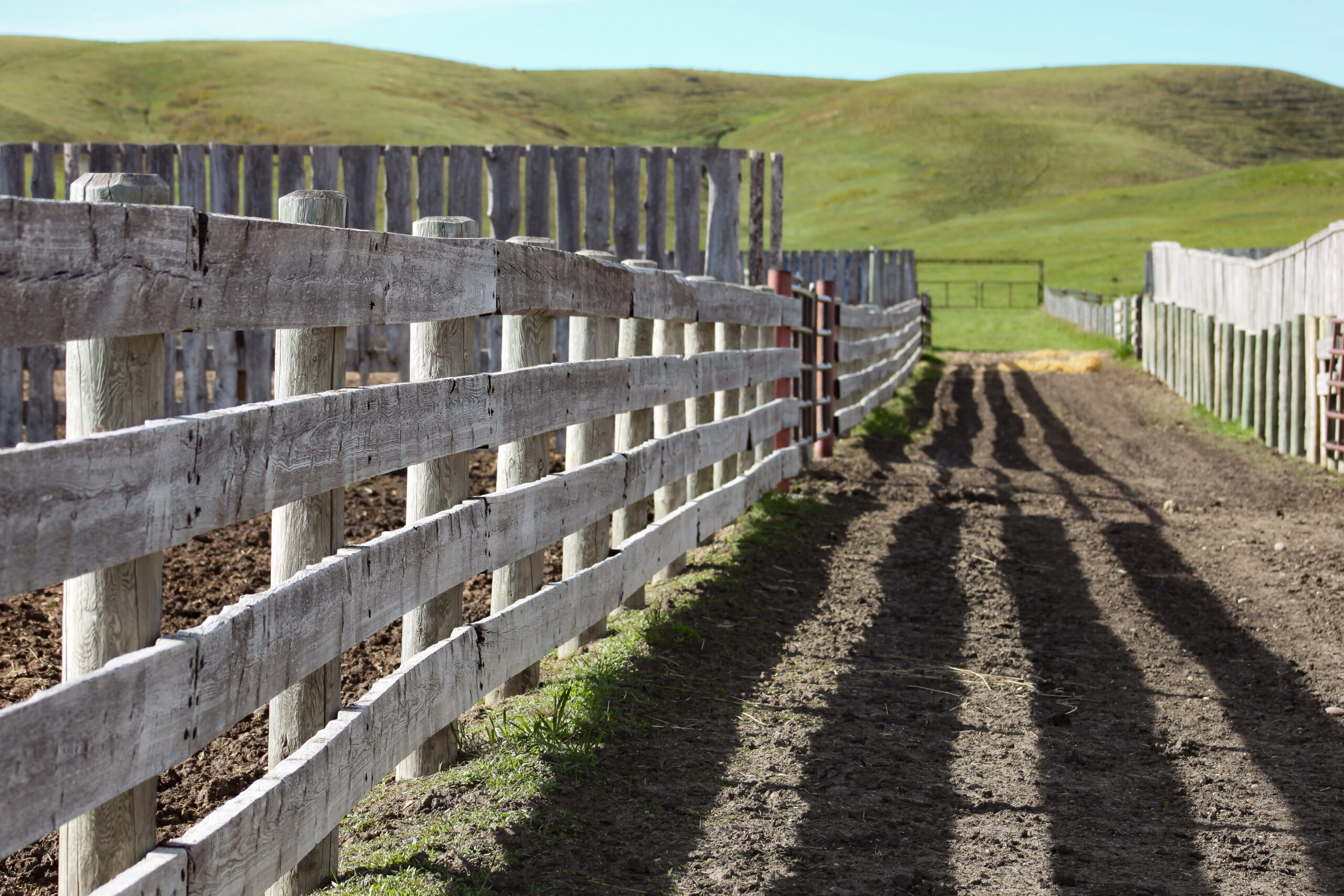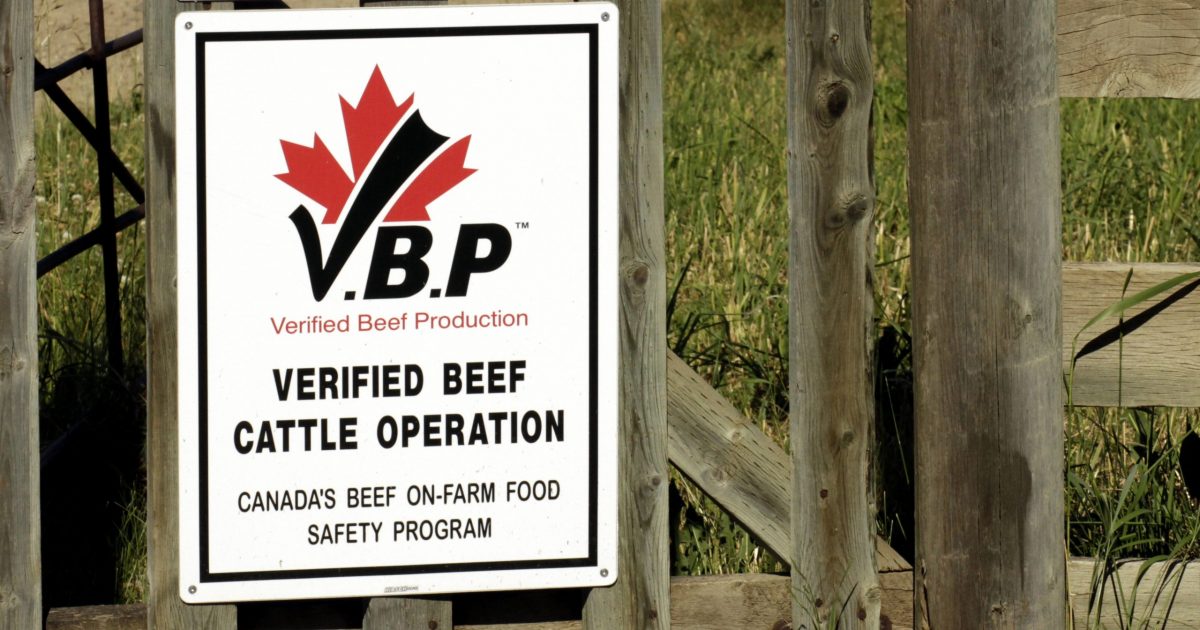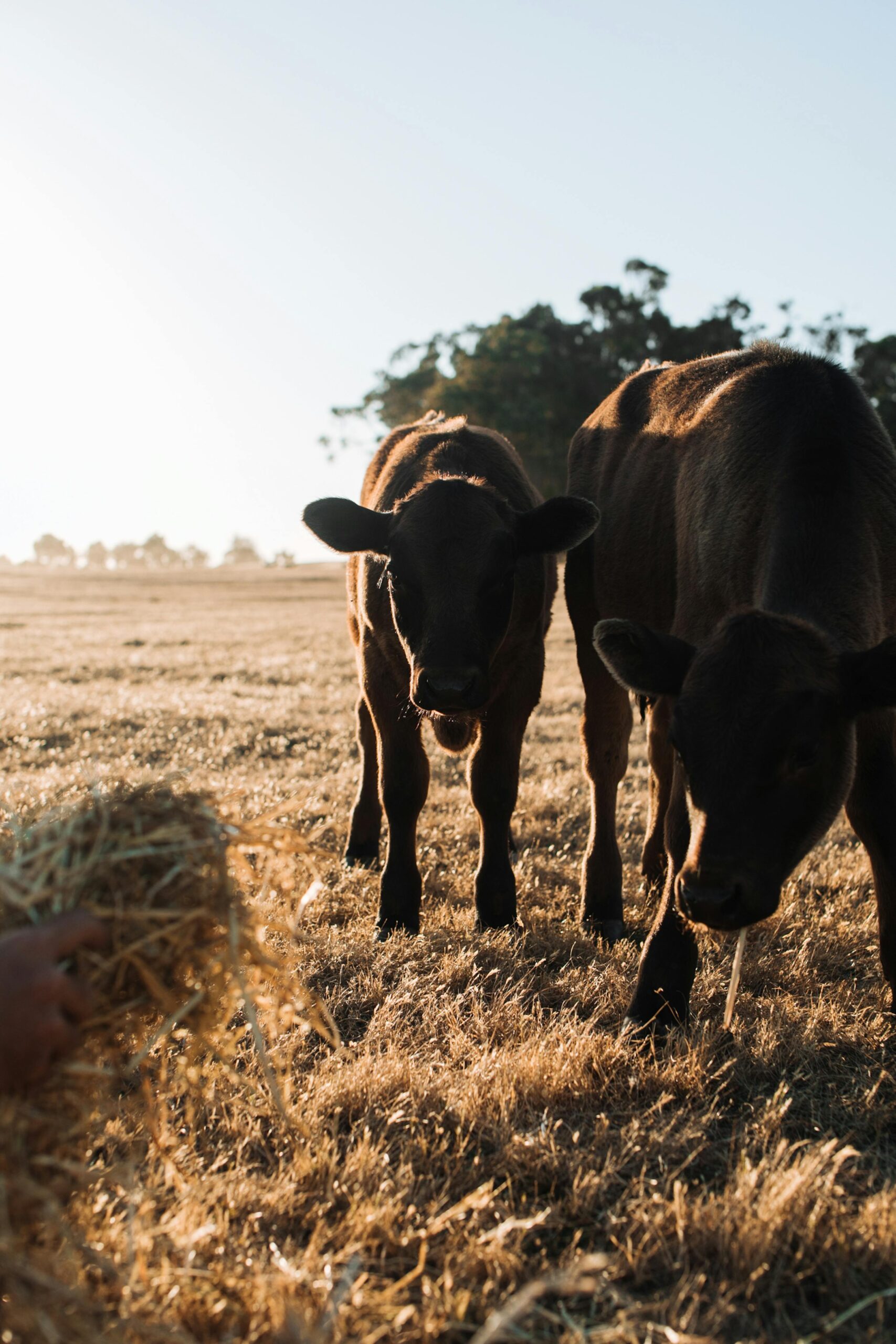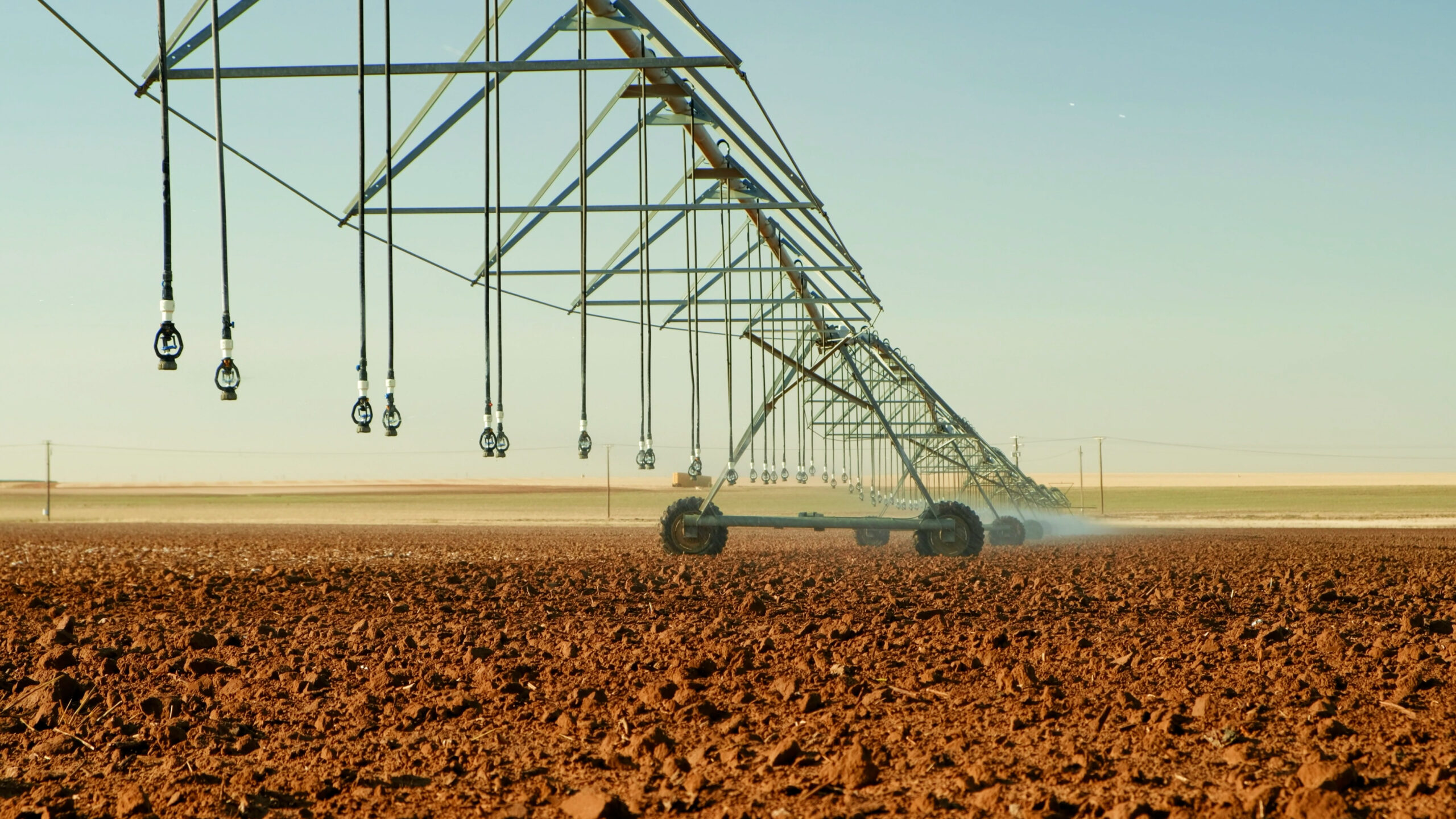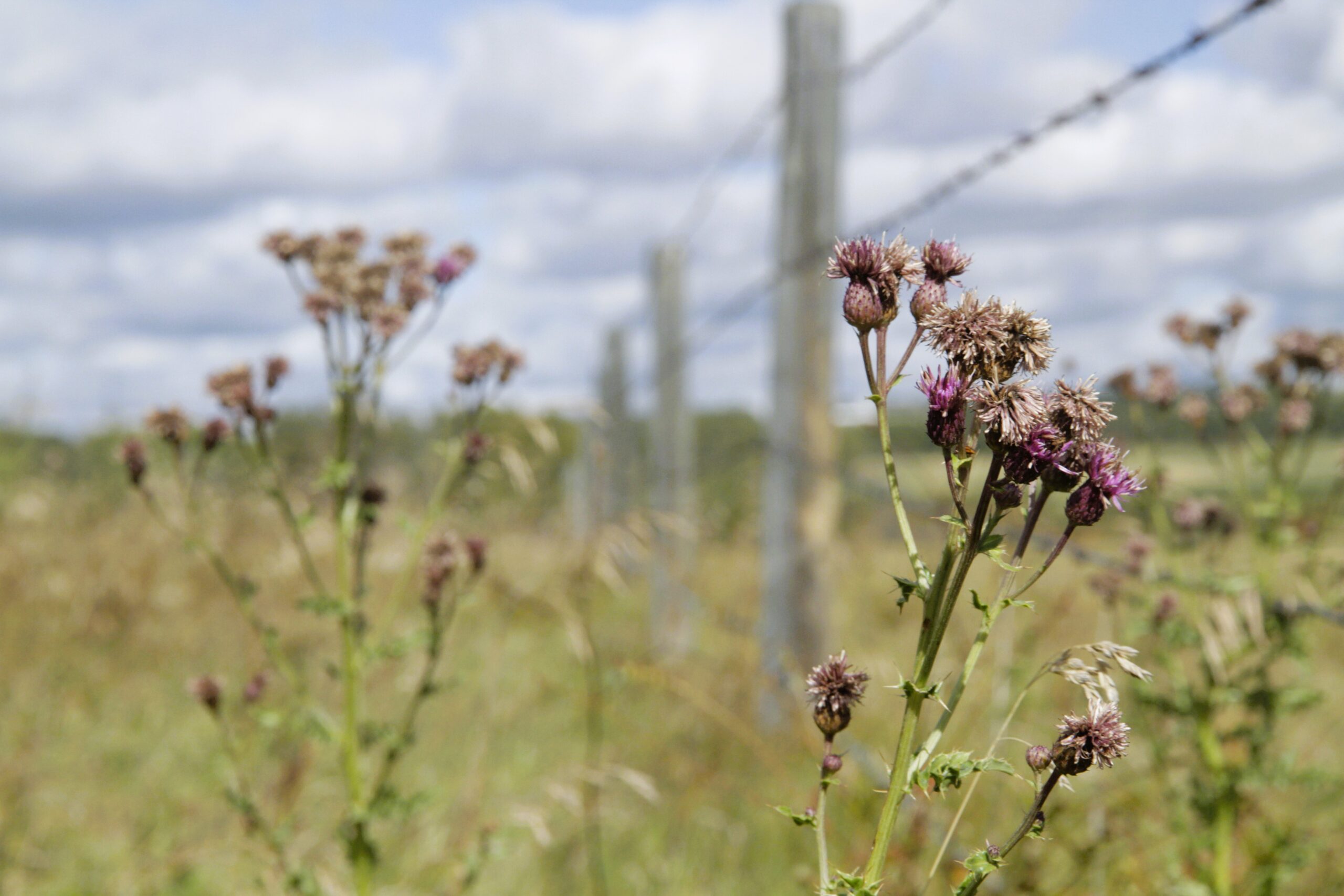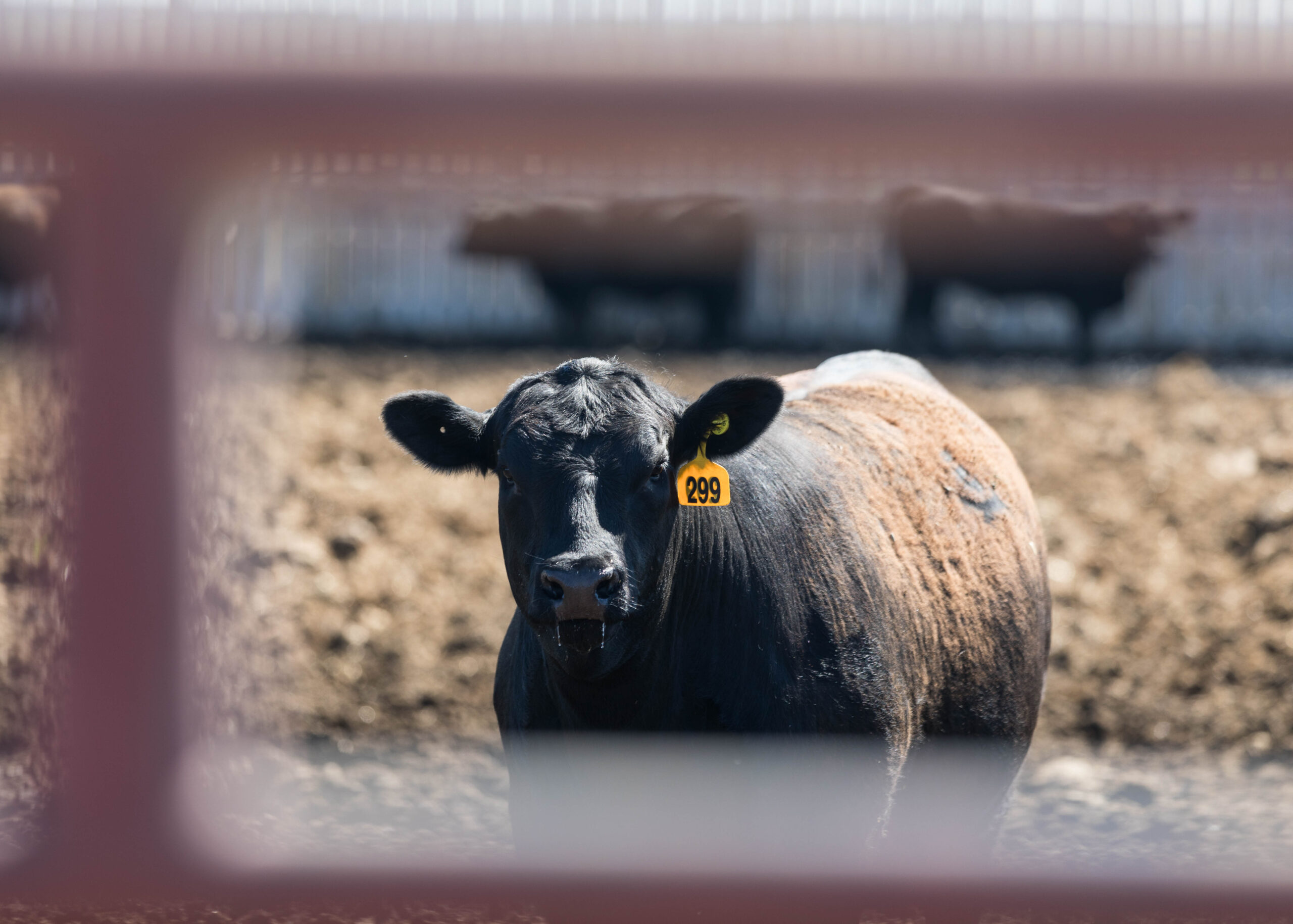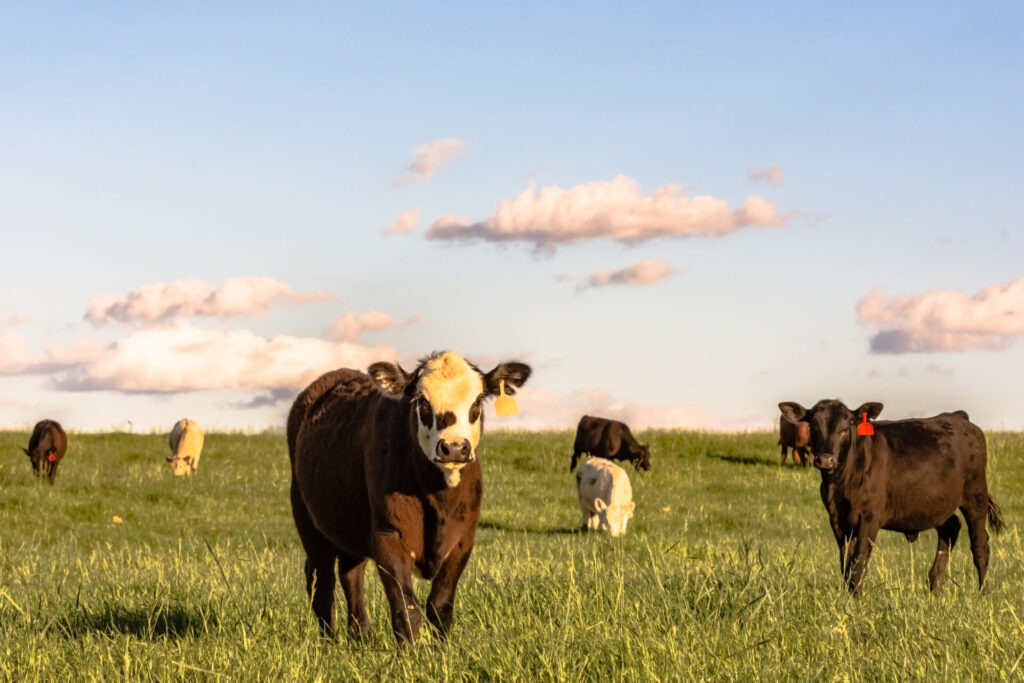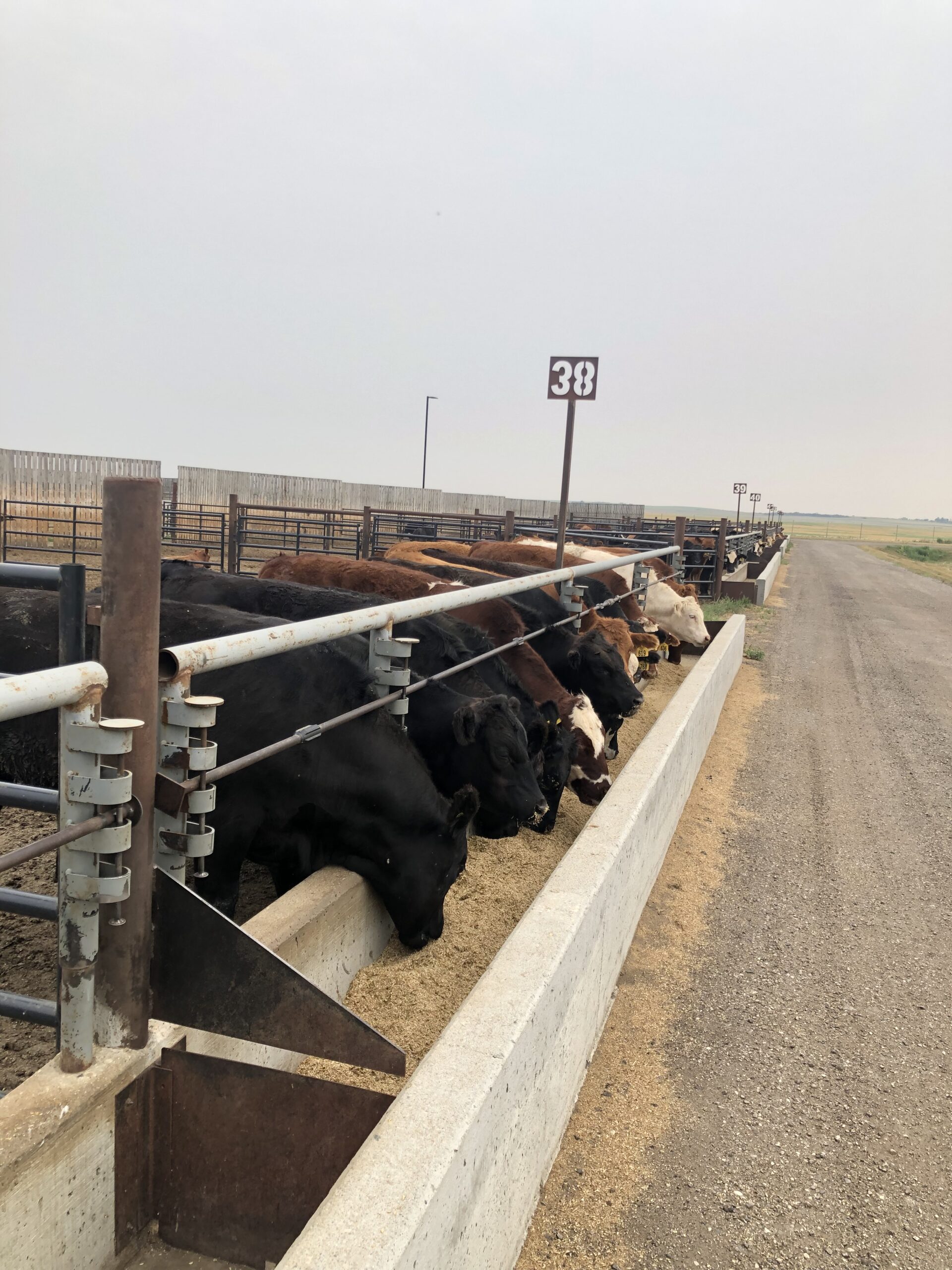AB Direct - Steers
Rail: 492.00-493.50 FOB feedlot (last week)
AB Direct - Heifers
Rail: 492.00-493.50 FOB feedlot (last week)
US Trade- Steers
Rail: 355.00-363.00 (IA, NE) last week
US Trade - Heifers
Rail: 355.00-363.00 (IA, NE) last week
Canadian Dollar
0.19
Drought is more than a summer challenge
Drought has been a common occurrence on the prairies and many producers are familiar with the long-term consequences of dry conditions. Dry weather and feed shortages can have consequences that last beyond the summer season. “Drought is not just an issue when you are on pasture,” says Dr. John Campbell, veterinarian and professor at the…
Canfax Weekly Article | Report for the week of August 5, 2024
In Alberta last week, weighted average fed steer and heifer prices closed the week around $257/cwt live, fully steady with the previous week. Fed prices have been steady for the past six weeks averaging in the mid to upper $250’s/cwt. Last week, buying interest was noted from all three Western Canadian packers and dressed sales…
Introducing the Alberta Verified Beef Production Plus Incentive
Alberta Beef Producers (ABP) is proud to introduce the Alberta Verified Beef Production Plus (VBP+) Incentive. The Incentive will provide eligible cattle producers with funding for approved expenses and equipment purchases that facilitate further adoption of best management practices. Eligible applicants include Alberta beef producers (individuals, partnerships, co-operatives, or corporations) who can demonstrate a minimum…
Canfax Weekly Article | Report for the week of July 29, 2024
Alberta last week weighted average fed steer and heifer closed the week around $257/cwt live, fed prices dropped $8.70/cwt after reaching an all-time high back in early June; but appear to have stabilized. Last week, dressed sales reported at $428/cwt delivered, traded steady for the last four weeks. Cattle that were traded are scheduled for…
Animal Health Canada celebrates one year of endorsement from FPT Ministers for emergency preparedness
Last week, Ministers from across Canada gathered in Whitehorse, Yukon, to discuss and collaborate on key areas of interest. This meeting market an important milestone for Animal Health Canada (AHC), as it was during the same event one year ago that federal, provincial, and territorial Minister unanimously endorsed AHC’s role in emergency preparedness and pledged…
Alberta producers encouraged to participate in on-farm water stewardship strategy
In an effort to enhance water stewardship and management practices, producers across Alberta are encouraged to share their insights through the On-Farm Water Stewardship Alberta Producer Survey. The survey aims to gather valuable feedback from the agricultural community to shape future educational resources and support mechanisms within the Alberta Environmental Farm Plan (EFP). The collective…
Canfax Weekly Article | Report for the week of July 22, 2024
In Alberta last week, weighted average fed steer and heifer prices closed the week around $256.50/cwt live, $1.75/cwt higher than the previous week. Last week, buying interest was noted from all three Western Canadian packers and dressed sales were reported from $425.00-426.50/cwt FOB the feedlot. Most of the cattle that traded were scheduled for the…
Ropes, chutes, or darts? How to safely treat sick cattle on pasture
This article was originally posted on the Beef Cattle Research Council’s website on May 30, 2024. There is no more idyllic scene than a herd of cattle on a lush green pasture in the Canadian landscape. Everyone loves to see the hillsides dotted with animals enjoying the benefits of May rainfall. As satisfying as it…
Know your applicator!
An RFID tag applicator, sometimes referred to as a “tagger” or as “pliers,” is the one vital tool every producer needs to make tagging cattle possible for our national traceability program. There are a lot of different applicators to choose from, and while they’re not all the same, they’re definitely not interchangeable with the different…
BCRC announces call for proposals: aiming for innovation in beef research
The Beef Cattle Research Council (BCRC) has officially opened its call for proposals, inviting researchers to contribute to the advancement of the Canadian beef industry. This initiative seeks to fund projects that explore proof of concept and clinical trials, with an application deadline set for September 3, 20241. With a significant increase in research investment through…
Tapered forage inclusion during finishing supports herd health
This research, lead by Gabriel Ribiero, was conducted at the LFCE at U of S and supported by ABP’s check-off funded research investments. A tapered forage finishing strategy is a practical approach beef producers can implement this season that may lower both liver abscesses and antibiotic use, without lowering production outcomes. The beef industry has…
Home for Dinner at Ronald McDonald House
During the month of May, volunteers from ABP, Cattle Feeders and Canada Beef, attended the “Home for Dinner” events at their local Ronald McDonald Houses across the province. This year we made it a goal to attend all four locations for Alberta: Edmonton, Calgary, Red Deer and Medicine Hat. Depending on the location, the volunteers…



